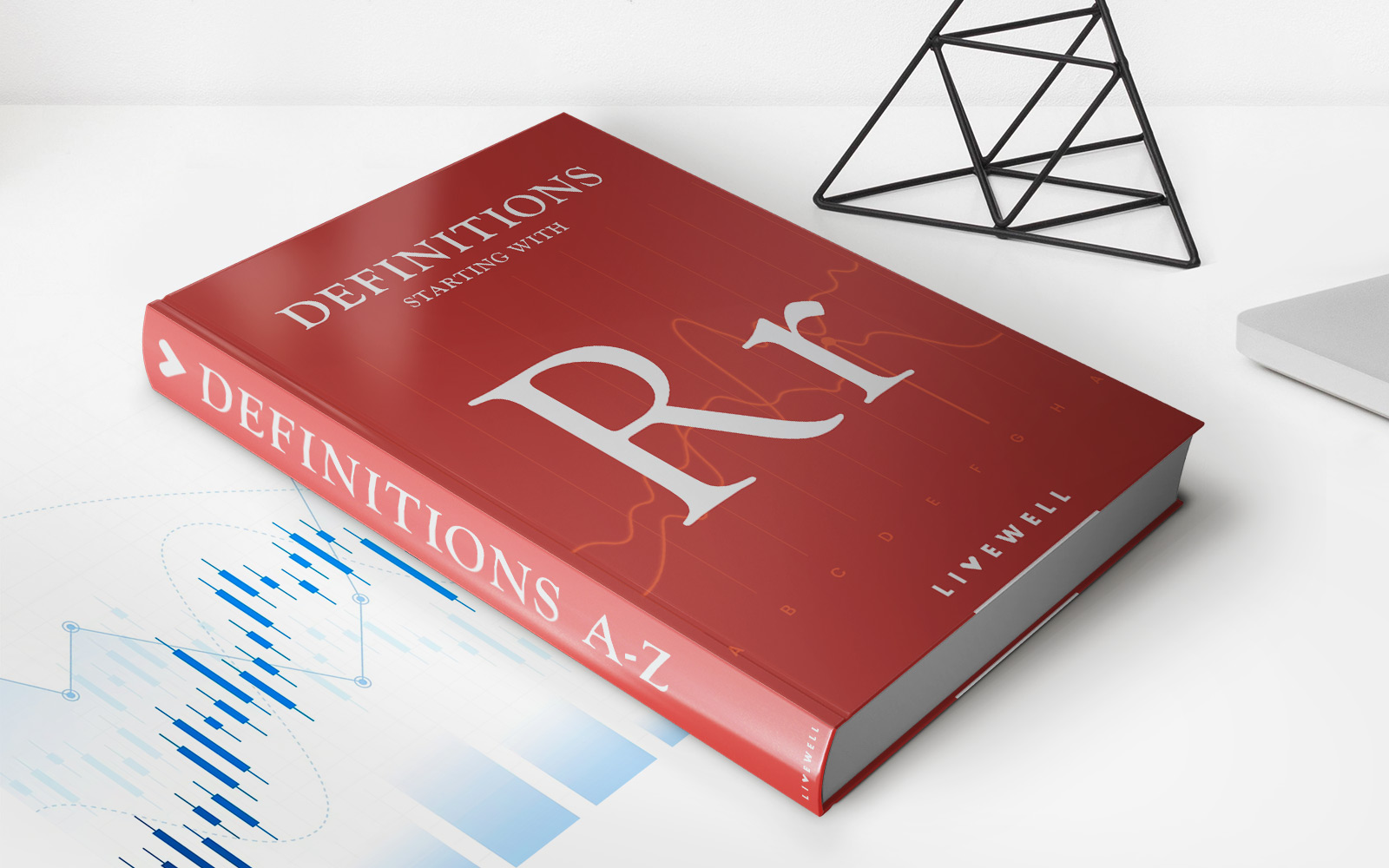

Finance
Russell 2000 Index Definition And Key Metrics
Published: January 22, 2024
Find out the definition and key metrics of the Russell 2000 Index in the finance industry, helping you make informed investment decisions.
(Many of the links in this article redirect to a specific reviewed product. Your purchase of these products through affiliate links helps to generate commission for LiveWell, at no extra cost. Learn more)
Gaining a Deeper Understanding of the Russell 2000 Index: Definition and Key Metrics
As you navigate the vast landscape of financial markets and investments, it is essential to familiarize yourself with different indices and their significance. One such index that holds great importance in the stock market is the Russell 2000 Index. In this blog post, we will delve into the definition of the Russell 2000 Index and explore its key metrics. So, let’s dive right in!
Key Takeaways:
- The Russell 2000 Index is a leading benchmark for small-cap stocks and is widely used as a measure of the overall health of the small-cap segment of the market.
- It encompasses the bottom 2,000 stocks within the broader Russell 3000 Index, focusing on companies with lower market capitalization.
Firstly, let’s understand what exactly the Russell 2000 Index is. Created in 1984 by the global index provider FTSE Russell, it is an index that serves as a key barometer for small-cap stocks. This means that it tracks the performance of companies with relatively smaller market capitalization within the broader equity market.
The Russell 2000 Index consists of approximately 2,000 stocks and is a subset of the larger Russell 3000 Index, which encompasses the top 3,000 stocks in the US market. By focusing on smaller companies, the Russell 2000 Index provides valuable insights into the overall health and performance of the small-cap segment.
But what exactly is market capitalization? Market capitalization, often abbreviated as “market cap,” is calculated by multiplying a company’s share price by the number of outstanding shares. This metric helps classify companies as large-cap, mid-cap, or small-cap.
Now, let’s explore some of the key metrics associated with the Russell 2000 Index:
- Price Return: This metric represents the total return generated by the index, considering only changes in the stock prices. It does not take into account any dividends or other income generated by the stocks in the index.
- Total Return: Unlike the price return, the total return metric considers both the changes in stock prices and any dividends or income generated by the stocks. It is a more comprehensive measure of the overall performance of the index.
- Market Capitalization Weighting: This metric determines the weight of each stock within the index based on its market capitalization. Stocks with a higher market cap will have a larger influence on the index’s performance.
- Inclusion Criteria: Stocks included in the Russell 2000 Index must meet certain eligibility requirements set by FTSE Russell, such as being a U.S. company and having a minimum market cap.
The Russell 2000 Index offers investors and analysts valuable insights into the performance of small-cap stocks, which are often considered more volatile but also have the potential for higher returns. By understanding the index’s definition and key metrics, you can make more informed decisions when it comes to investing in small-cap stocks or tracking the overall health of the small-cap segment of the market.
In conclusion, the Russell 2000 Index serves as a vital benchmark for small-cap stocks, enabling investors and analysts to gauge the performance of smaller companies within the equity market. Understanding its definition and key metrics empowers you to navigate the financial landscape more effectively, leveraging the unique opportunities that small-cap stocks can offer.














